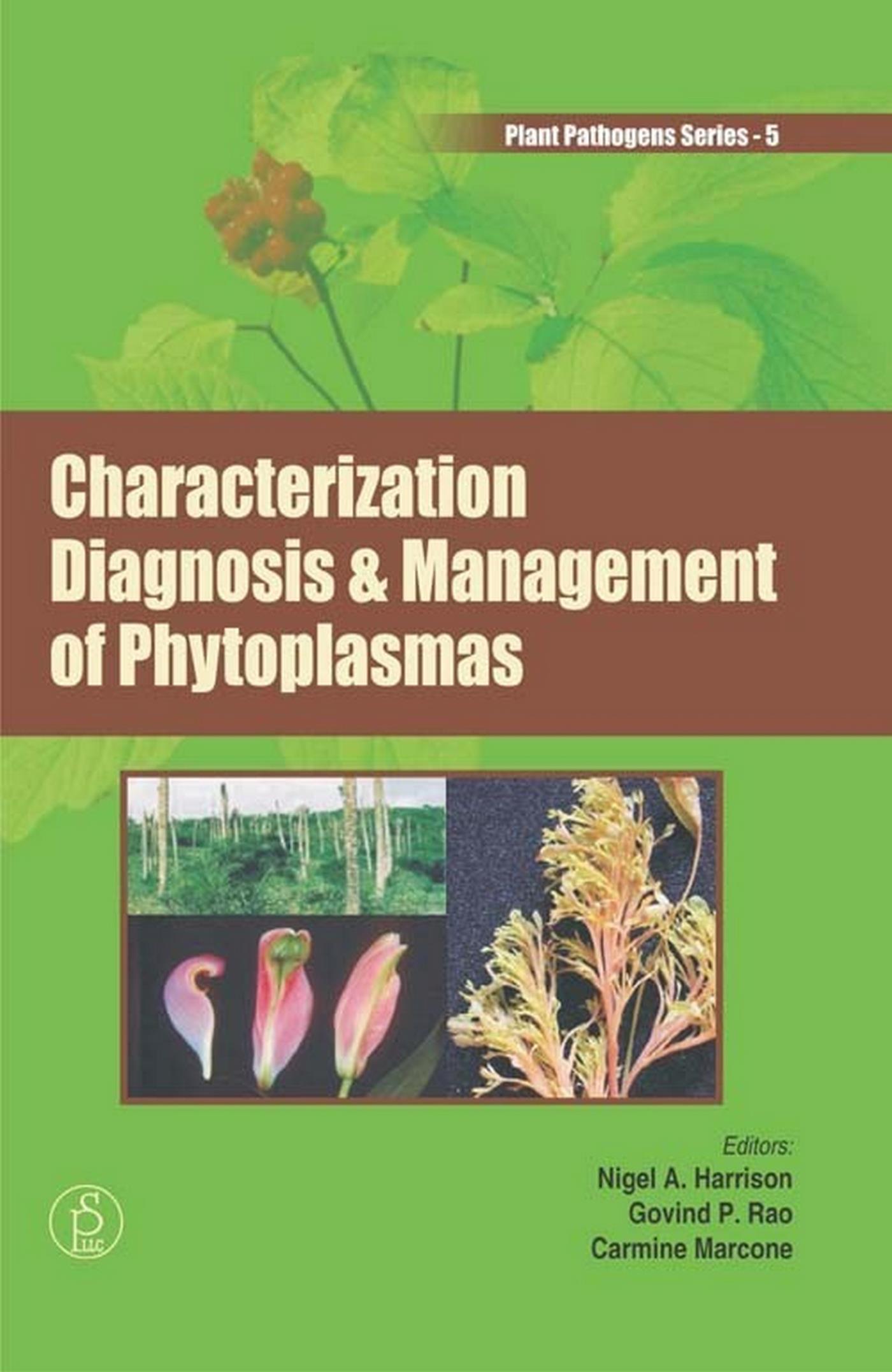Characterization, Diagnosis And Management of Phytoplasmas
by Nigel A. Harrison
2020-07-22 11:23:31
Characterization, Diagnosis And Management of Phytoplasmas
by Nigel A. Harrison
2020-07-22 11:23:31
Phytoplasmas are among the smallest and simplest of all known self replicating cellular organisms. These uncultivable descendents of Grampositive bacteria belong to a class of cell wall-less microorganisms known as Mollicutes. Phytoplasmas inhabit th...
Read more
Phytoplasmas are among the smallest and simplest of all known self replicating cellular organisms. These uncultivable descendents of Grampositive bacteria belong to a class of cell wall-less microorganisms known as Mollicutes. Phytoplasmas inhabit the phloem of plants and are dispersed in nature by phloem-feeding insect vectors, by vegetative propagation practices or by global transportation of infected plants. Phytoplasmas are the cause of more than a thousand incurable plant diseases worldwide among which those affecting perennial crops such as fruit trees, ornamental or forest trees, sugarcane and grapevine are of greatest economic significance. While infections are not always fatal, they are debilitating, resulting in substantial reductions in yield quality and lifespan of plants. Among the least understood of all plant pathogens, advances at the molecular level have revealed phytoplasmas are a unique, monophyletic clade of mollicutes with minimal, albeit genetically diverse, genomes. Phytoplasma diseases are among the most significant and costly diseases affecting pome and stone fruit trees, forage, vegetable and ornamental crops in temperate regions of the world while diseases of coconut palm, papaya and sugarcane present a constant threat to production these important crops in the tropics. This book is part of the multi-volume Plant Pathogens Series. It provides 19 chapters each containing a wealth on information on symptomatology, economic concern, detection and management of phytoplasmas associated primarily with fruit trees, coconut, sugarcane, forage, shade and ornamental crops.
Less






























